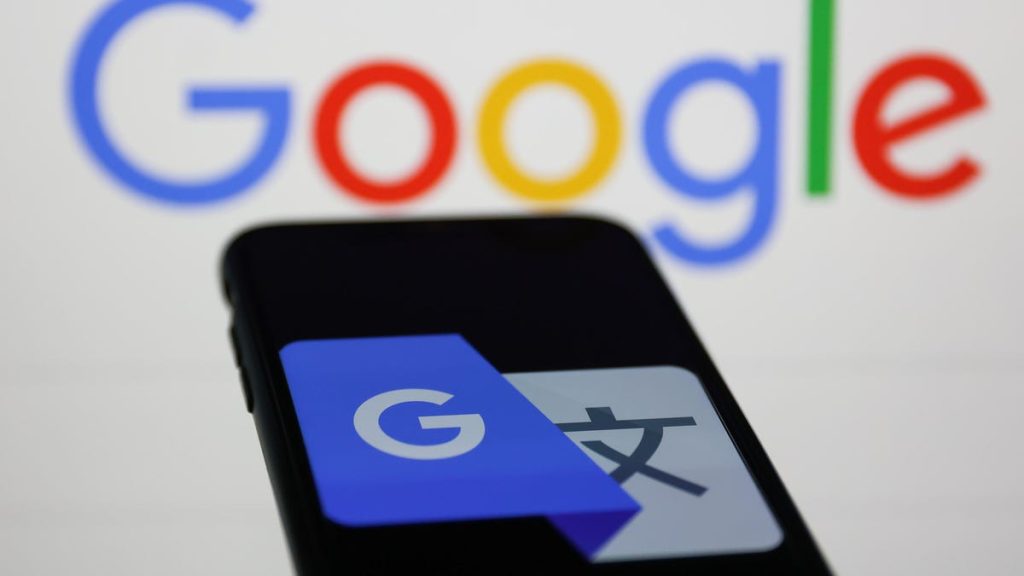Google Translate is expanding by adding 110 new languages, the biggest expansion in the platform’s history, thanks to advancements in AI. The PaLM 2 language model has helped Translate learn languages closely related to each other, such as Awadhi, Marwadi, Seychellois Creole, and Mauritian Creole. Other new languages include Afar, Cantonese, and Tamazight (Amazigh), representing over 600 million people, or 8% of the world’s population. Google’s language models create hybrid versions for languages with regional varieties and dialects, prioritizing the most commonly used varieties. Additionally, Google added 24 new languages in 2022 using Zero-Shot Machine Translation and launched the 1,000 Languages Initiative.
Google Translate can be accessed on translate.google.com or through the Android and iOS mobile apps. Google is one of many tech companies using AI to enhance their services, incorporating the technology into platforms like Gmail, Search, and Messages. Apple and Microsoft have also integrated AI into their products, with Apple unveiling new “Apple Intelligence” updates for the iPhone. Google made AI the primary focus of its I/O event in May, showcasing its commitment to leveraging technology for language translation and other services. The company plans to continue expanding its language support by collaborating with linguists and native speakers.
The addition of new languages on Google Translate is a significant milestone, with the expansion focusing on African languages, marking the largest increase in African language support on the platform. Google’s language models aim to provide accurate translations by combining elements from different dialects and varieties of a language. For example, the Romani language has multiple dialects across Europe, and Google’s models produce text closest to Southern Vlax Romani while incorporating elements from other dialects. As technology advances and partnerships with language experts continue, Google plans to expand language support to include more varieties and spelling conventions.
The Zero-Shot Machine Translation technology implemented by Google allows for translating languages without seeing an example, demonstrating the power of AI in language processing. The 1,000 Languages Initiative reinforces Google’s commitment to building AI models for the most spoken languages globally. By prioritizing language support based on usage trends and collaborating with experts in linguistics, Google aims to make Translate more accessible and accurate for a diverse range of users worldwide. With the increasing integration of AI into tech products and services, Google is at the forefront of utilizing artificial intelligence to enhance language translation and improve user experiences across its platforms.


